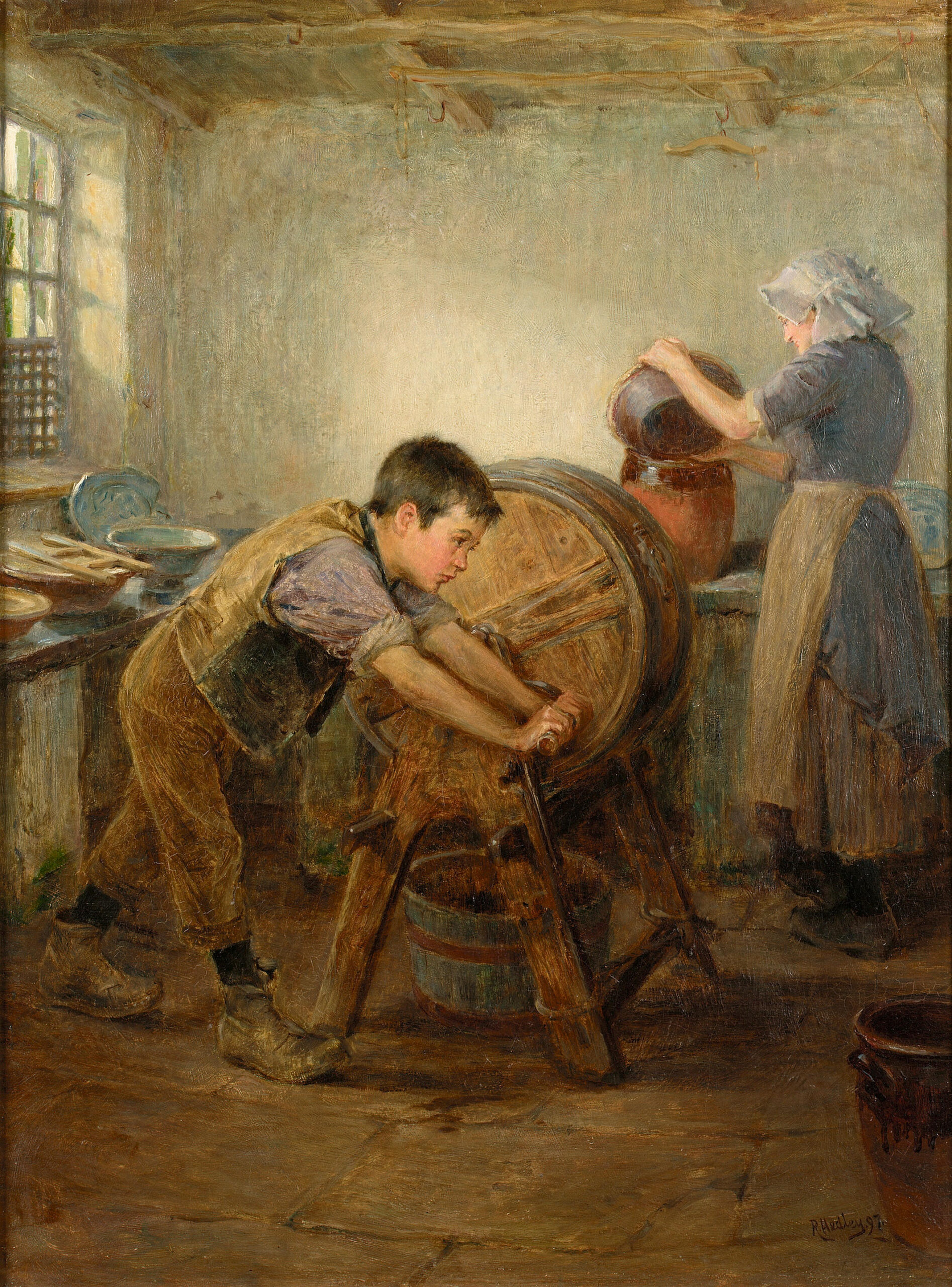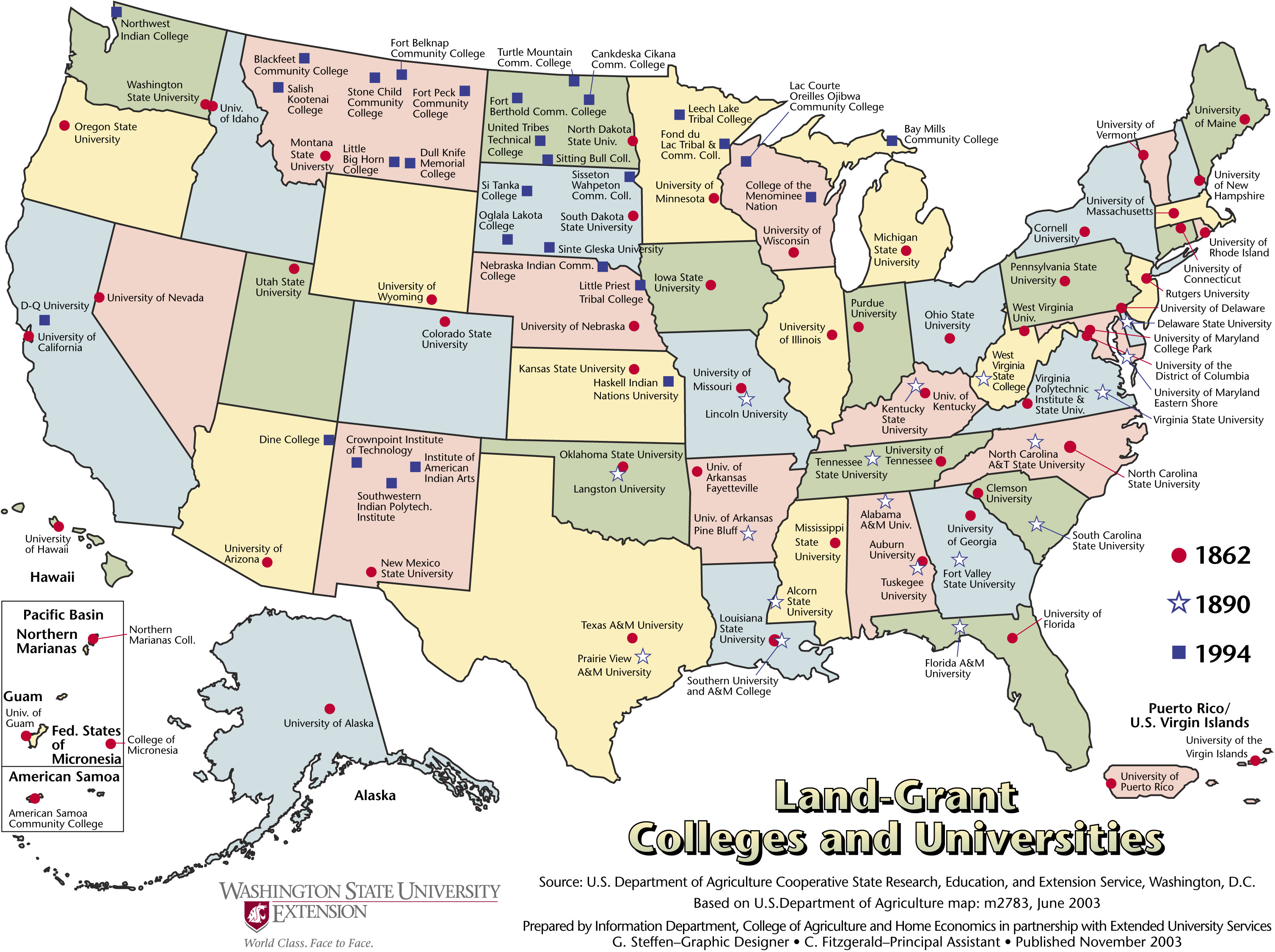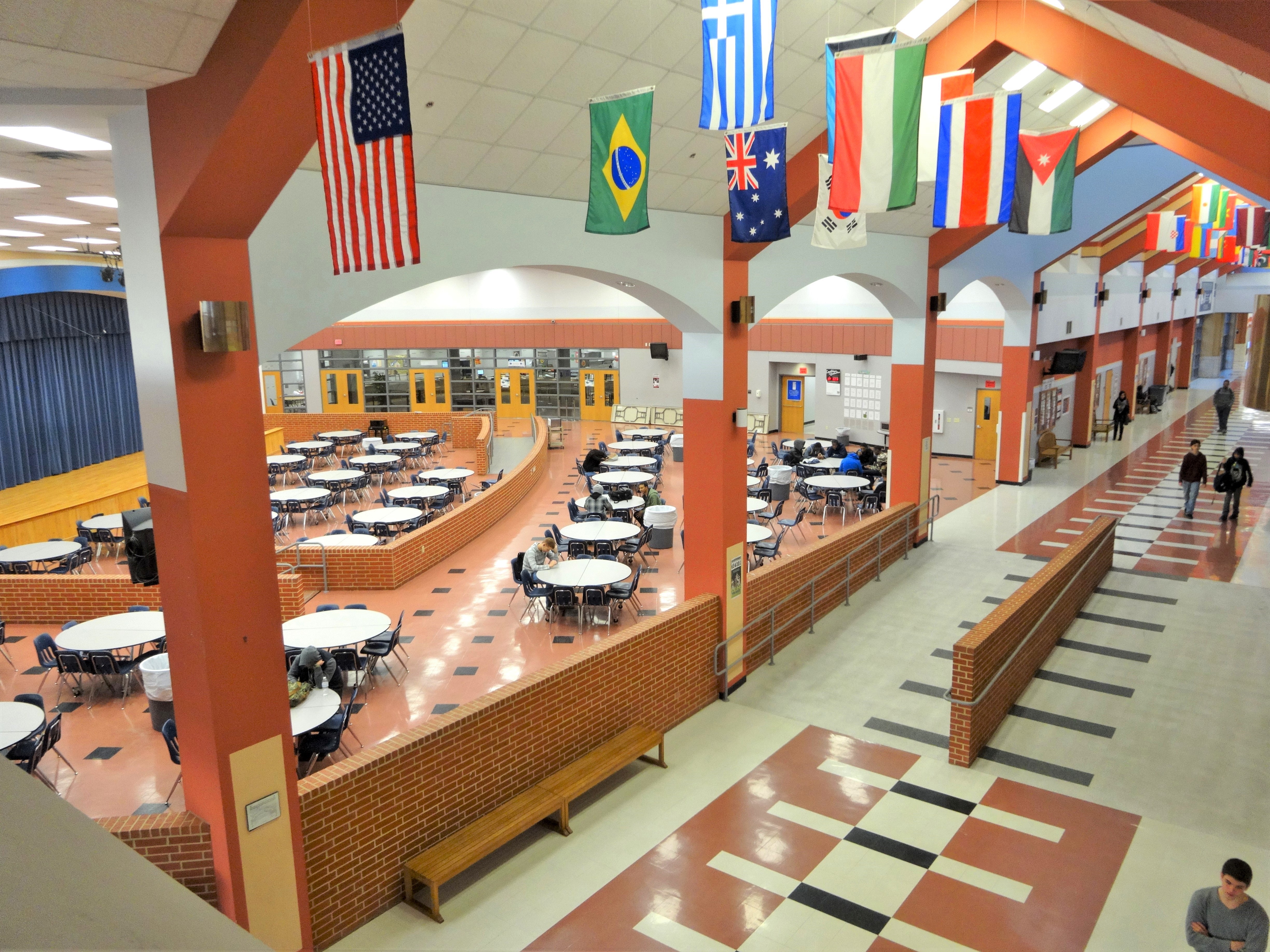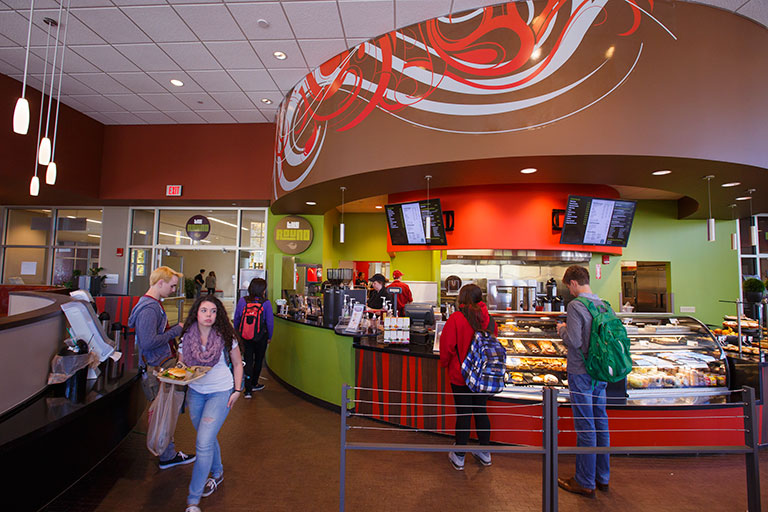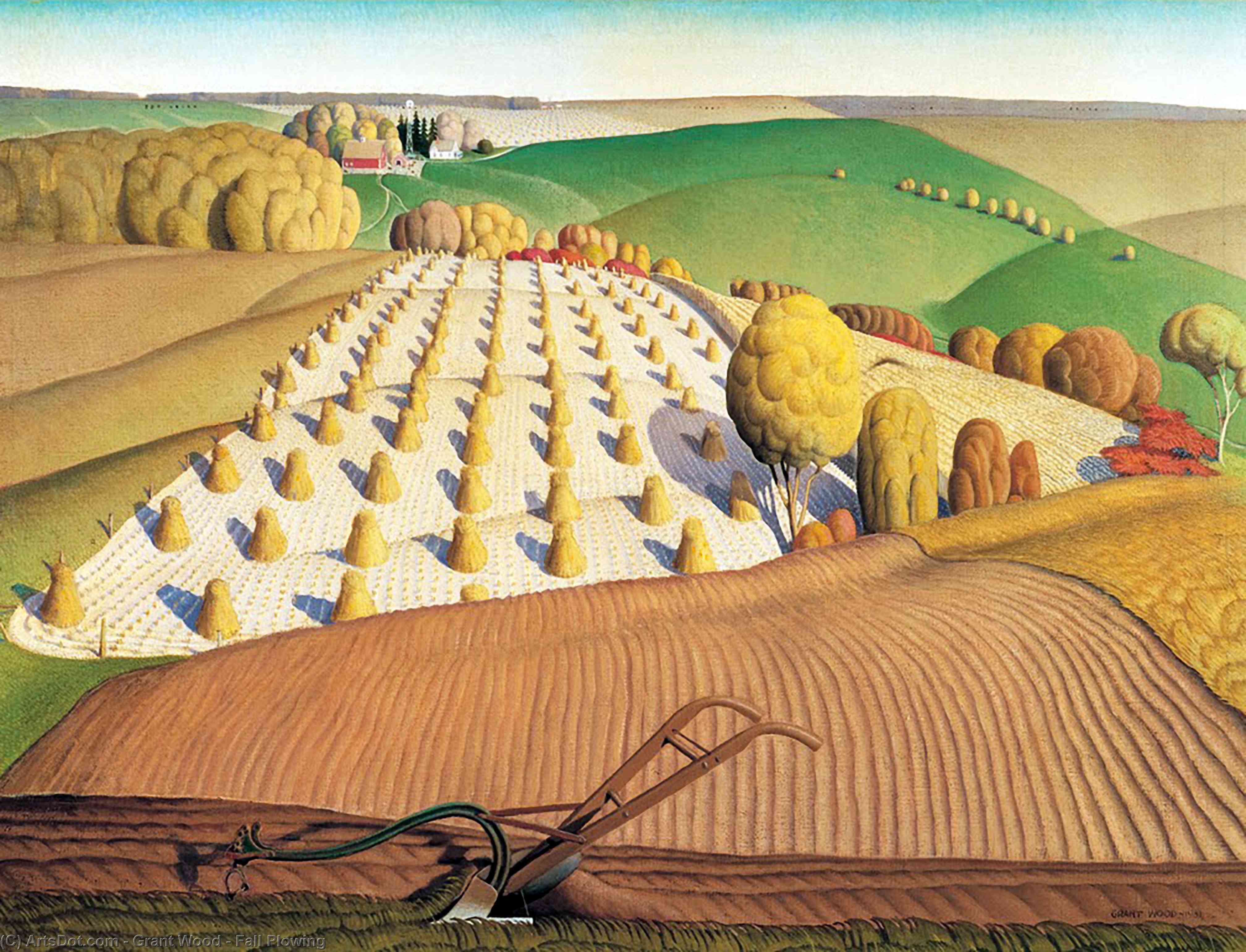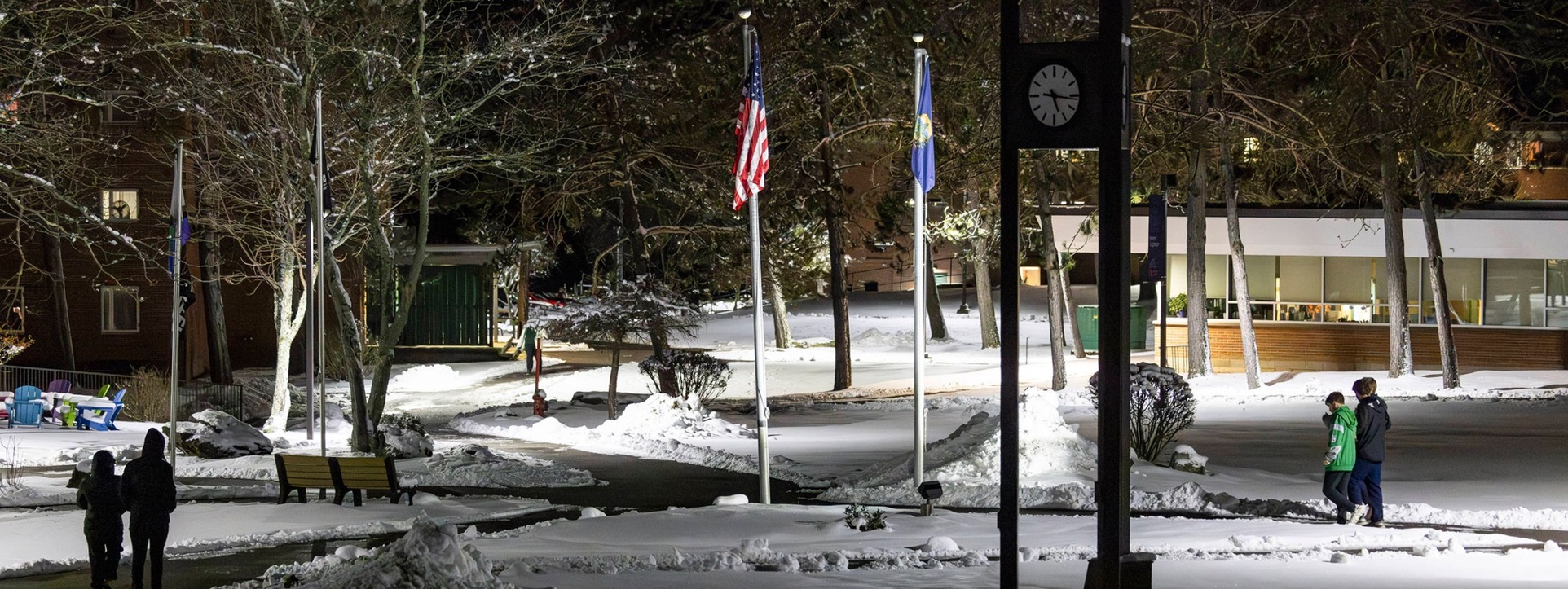Understanding the Guns-and-Butter Curve & How It Works
Buttermilk is a tangy, dairy-based liquid often used in cooking and baking. It’s traditionally a byproduct of churning butter, but modern buttermilk is typically made by adding lactic acid bacteria to low-fat milk. This bacterial fermentation imparts its characteristic sour flavor and thickens the milk.
Buttermilk provides a pleasant acidity and moisture to recipes, especially in pancakes, biscuits, and marinades. It also aids in leavening, making baked goods rise. Additionally, buttermilk can be enjoyed as a refreshing drink on its own or blended with other ingredients for beverages and dressings, lending a delightful, tart quality.
School Lunch Milk
There is no single international standard for buttermilk, as its composition and characteristics can vary from one region to another.
Related:
ISO standards help ensure the quality, safety, and consistency of these products in international trade. Some ISO standards related to milk and dairy products include:
- ISO 7886-1:2005 – Milk and milk products — Determination of the protein content — Part 1: Test at 0.020 specific density (Reference method)
- ISO 1053:2006 – Milk — Enumeration of somatic cells
- ISO 21415-1:2006 – Milk — Enumeration of psychrotrophic microorganisms — Part 1: Colony-count technique at 6.5 degrees C
- ISO 11816-1:2013 – Milk — Determination of milkfat, protein, and lactose content — Part 1: Guidance on the operation of mid-infrared instruments
These standards cover various aspects of milk quality, testing methods, and safety parameters. Dairy products, including milk, undergo strict quality control and testing to ensure they meet the required standards for international trade and consumer safety.



